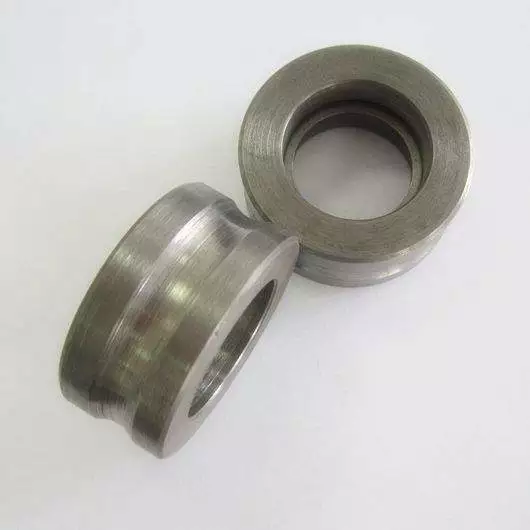Properties of Materials Used for Mould
Materials used for mould should have the following properties:
1. High obdurability
The mould sustains extremely high extrusion force, bending force, impact and other complicated loads during extrusion. So, materials should have high obdurability after being heat treated. The materials should have good hardenability so that mould can fully harden and acquire even structure, or the mould will be destructed in early time because of stress concentration when the mould sustains loads.
2. Good abrasive resistance
The mould should have high abrasive resistance for common service life and make out large numbers of qualified extrusion parts. In general, for steel, the hardness is in direct proportion to abrasive resistance under definite conditions. Therefore, materials used for mould not only have enough hardenability, but also have high hardening capacity. Besides hardness, thickness and contents of matrix structure, dispersity of carbide phase and hot hardness after treatment determine abrasive resistance of steel. For example, high-speed steel and low alloy tool steel has the same hardness after treatment. However, the abrasive resistance of former is higher than later. What’s more, for cemented carbide whose content contains more than 80% of WC, its abrasive resistance is higher than steel materials by dozens of times. Nevertheless, for high service life of mould, high-speed alloy and cemented carbide having high price and complicated manufacturability are still used as raw materials for mould.
3. Heat stability
During continuous production, the temperature on mould may reach or exceed 200℃ sometimes. It reduces intensity and hardness of mould which uses 160~180℃ as temper temperature. For this, the materials used for mould which has high temperature rise should have good stability of resisting temper.

